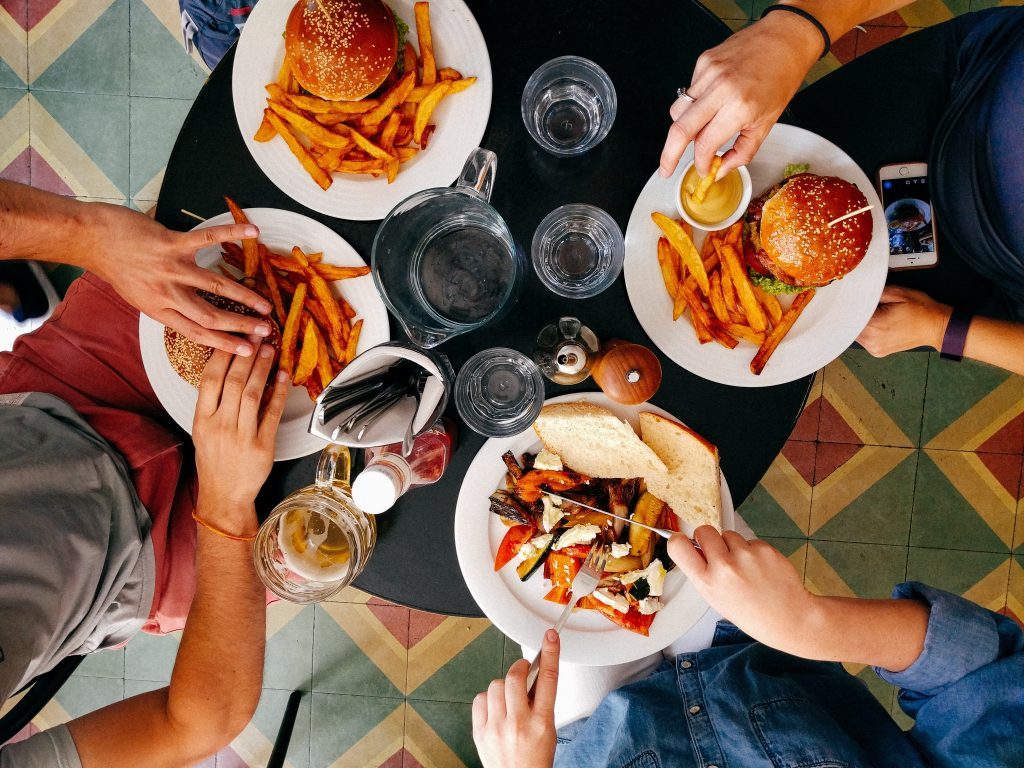Annually, global food waste sits at around 1.3 billion tons. This waste makes up a large percentage of all landfill refuse. So, governments around the world are looking for ways to re-purpose and redirect unused food.
Here’s how two countries are using innovative technology for food waste recycling.
Rapid-fire composting for Australia’s food waste
In the heart of Melbourne, Australia, popular restaurants line a narrow street. The ninety-so businesses and restaurants on Degraves Street produce a lot of food waste — about two-and-a-half metric tons per week. Until now, the waste went into dumpsters at the end of the busy lane.
Looking to divert the food waste (and keep the street smelling better), the city installed a food waste recycling machine next to the dumpsters.
Restaurants now put their food waste in the machine which turns the food scraps into fertilizer. City workers then spread the fertilizer over the surrounding gardens and parks.
How to turn large-scale food waste to fertilizer
The technology allows for quick, clean composting; it shreds, heats and dehydrates the waste in about ten hours. The end result is compost that’s pathogen-free and nutrient-rich.
With approximately 13 million metric tons of organic waste produced every year in Australia, these composting machines have the potential to take the strain off municipal landfills.
Additionally, the company that manufactures the compost machines is hoping to position them in population-dense areas. This includes apartment buildings, hospitals, prisons and markets.
Actually, South Korea inspired this technology…
South Korea’s “pay-to-throw” food waste disposal
Over the last twenty years, South Korea has honed a strict food waste plan. In fact, in 2005, the government banned all food waste from landfills. Their goal was to create a citizen-centered food recycling mindset.
Their rationale, too, was that arable land should be used to produce food — not store waste.
In order to carry out this recycling plan, and change citizen habits, the government created a “pay-as-you-throw” system.
And it worked.
By 2009, food waste recycling in South Korea reached 95%.
How the “not-in-our-landfill” system works
In densely populated areas in South Korea, residents buy small food waste bags. When a bag is full, they dispose of the waste in a centrally located machine. People insert a data card, and the machine weighs the waste. A fee then goes on a monthly bill (similar to a gas or electricity bill).
City officials are able to resource the waste as animal feed, compost and biomass for fuel.
Tech solutions for a big food waste problem
Governments around the globe know that effective food waste management is necessary to ease stress on landfills. Plus, businesses and consumers can recycle food waste into valuable resources such as compost and biomass.
In fact, maybe it’s just a matter of time before composting machines and “pay-to-toss” bins become the global norm for food waste disposal.
What are your thoughts on food waste management? Is the technology mentioned in this post feasible for large-scale food industry operations? Please let us know in the comments.
At Ingredient Exchange, in addition to buying and selling ingredients, we help businesses recycle food ingredients that would otherwise go to waste. If you’d like to find out how we can redirect your out-of-spec or soon-to-expire ingredients, please contact us here.
Image credit: Dan Gold



